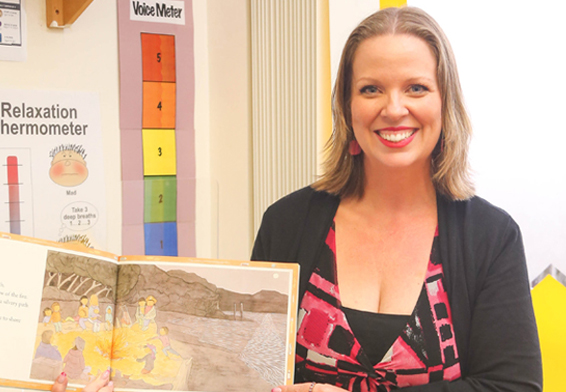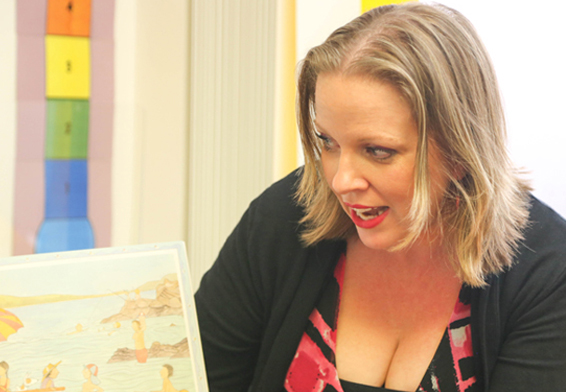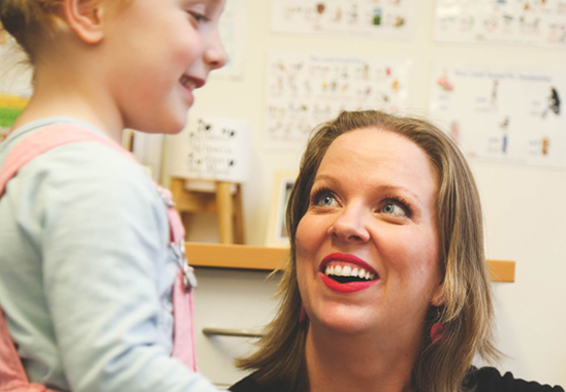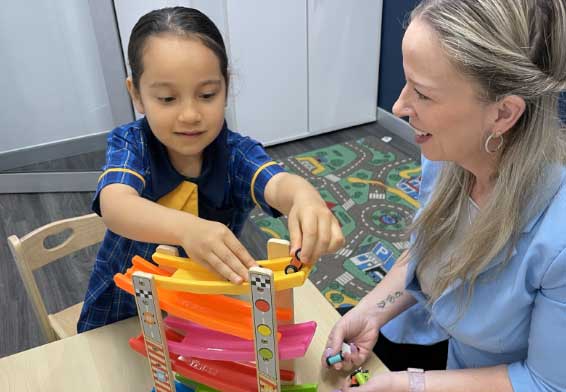FAQ
Some of the more commonly asked questions are answered below, for further information please do not hesitate to call and speak with Amy.
We can work on a range of areas, these include:
- LANGUAGE (language comprehension – working on understanding questions and directions as well as language expression – finding the words you need and constructing grammatically appropriate sentences)
- ARTICULATION or SPEECH (working on sounds and speech clarity in conversation)
- VOICE (using vocal cords appropriately and learning how to speak without vocal abuse and misuse)
- FLUENCY or STUTTERING (reducing the stutters in conversation and increasing fluency in connected speech)
- PHONOLOGICAL AWARENESS (improving reading accuracy and fluency as well as improving the spelling and word attack skills)
The assessment sessions usually take at least 1 hour. Sometimes they can be longer depending upon the types of assessments required. For articulation and stuttering assessments, the time to complete assessments can be completed in 30-45 minutes depending on the client’s difficulties and attention span. Treatment sessions are usually 30 minutes in length, however, these can be extended to either 45 minutes or 1 hour depending on the specific goals that we are targeting. The frequency of these sessions is determined by the clinician and family following the initial assessment; they can be either: weekly, fortnightly, or monthly.
The services provided by a speech pathologist are professional and specialised. Rates of services are subjected to clinical preparation costs as well as business expenses such as resources and assessments. To provide individualised and effective speech pathology sessions, at least double the amount of time of the session is required for preparation of that session. Our fee structure is based off the NDIS approved rates, please email us to find out any specific costs, admin@powsp.com.au
Each session is individually planned to suit your child’s needs and to work best with your family. Play on Words Speech Pathology aims to provide training and encouragement to the care givers because we believe that you are with your child and have more opportunities to subtly work on these skills in your everyday situations as well as complete the home practise that is required to see speedy and efficient progress.
Typical Speech and Language Development over the first few years…
It can be very difficult to compare the speech and language development of your child with other children and information found in books. It is also normal that you can become accustomed to the way your child communicates and will find yourself often interpreting your child’s speech for others. It is ok if your child is different to or falling outside of the expected ranges seeing as with a little support and guidance these things can be targeted in some individual sessions at Play on Words Speech Pathology. Use this table as a guide, but please contact us if you have any questions or concerns about your child’s development.
| By 12 months | ||
|---|---|---|
| Understands | Says | Speech |
|
|
|
| By 2 years | ||
| Understands | Says | Speech |
|
|
|
| By 3 years | ||
| Understands | Says | Speech |
|
|
|
| By 4 years | ||
| Understands | Says | Speech |
|
|
|
| By 5 years | ||
| Understands | Says | Speech |
|
|
|
| By 6 years | ||
| Understands | Says | Speech |
|
|
|
| By 7 years | ||
| Understands | Says | Speech |
|
|
|
| By 8 – 12 years | ||
| Understands | Says | Speech |
|
|
|






